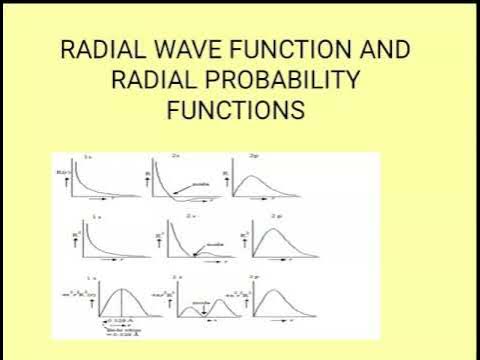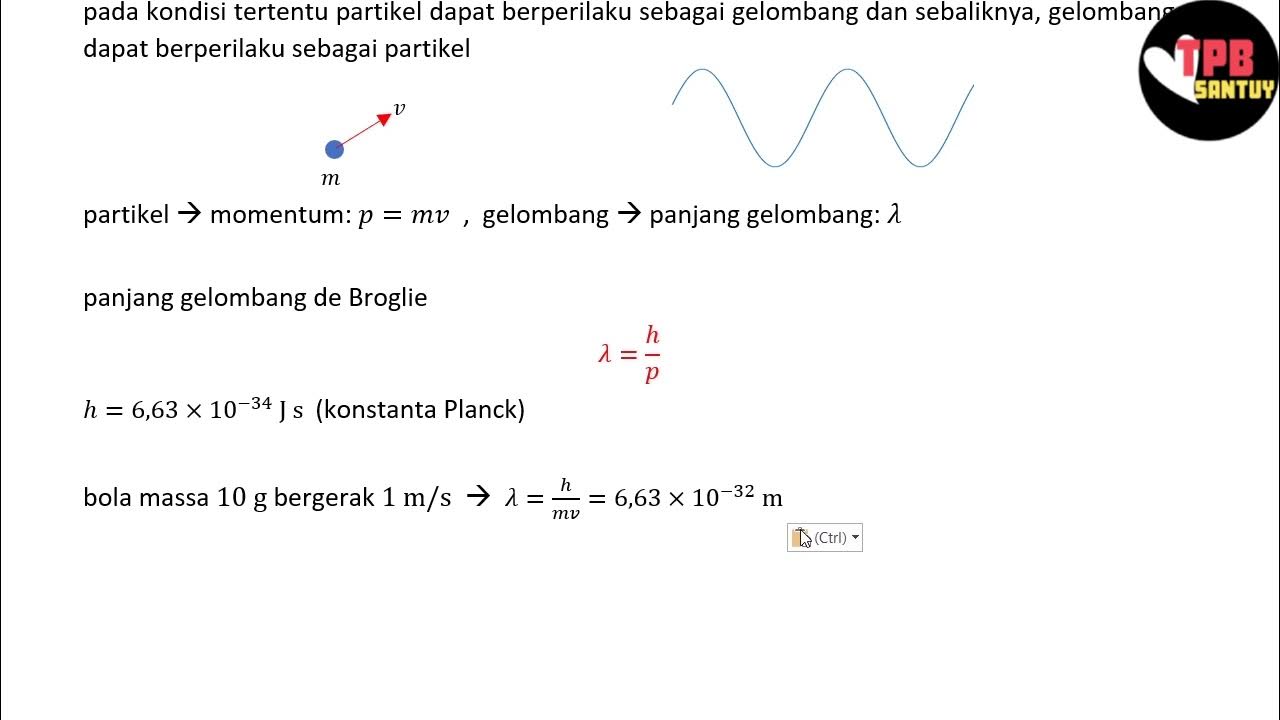Dirac Notation in Quantum Mechanics
Summary
TLDRThe video explains quantum mechanics concepts using Dirac notation, particularly focusing on wave functions, their abstract representations, and how they can be expressed in different bases such as position (X), momentum (P), or energy. The speaker discusses the importance of using abstract vectors in Hilbert space and projecting them onto different representations based on the calculation needed. They introduce bra-ket notation, emphasizing its flexibility in solving quantum mechanical problems, and touch on the Schrödinger equation, momentum operators, and the role of delta functions in integrating different states.
Takeaways
- 🧲 The lecture discusses quantum mechanics and the importance of representing wave functions in different ways without changing the underlying physics.
- 🌐 The abstract concept of a wave function is introduced, which can be represented in various bases such as position (x), momentum (p), or energy (E).
- 📚 Dirac's notation, also known as bra-ket notation, is used to represent quantum states in a general form before choosing a specific representation.
- 📈 The process of 'casting' a wave function into a specific basis involves summing over all possible states, akin to projecting the wave function onto a chosen basis.
- 🔍 The energy basis is highlighted as an example of a convenient representation for certain problems, where the eigenstates correspond to allowed energy levels of a system.
- 📝 The Schrödinger equation is presented in its abstract form and then projected into different representations, such as position or momentum space.
- 📐 The direct delta function is introduced as a mathematical tool that simplifies the representation of operators in the context of integrals over all possible states.
- 🌌 The concept of non-local operators is briefly mentioned, which do not simplify to a function of x and x' in the same way as local operators do.
- 🎯 The expectation value of an operator is calculated by sandwiching the operator between bra and ket vectors and integrating over all possible states.
- 🔄 The process of choosing a representation for quantum states and operators is emphasized as a matter of convenience and problem-specific calculational ease.
Q & A
What is the significance of the wave function in quantum mechanics?
-The wave function is a mathematical abstraction representing a quantum system. It can be expressed in various ways (such as position, momentum, or energy basis) without changing the underlying physics of the system.
What does 'Dirac notation' refer to, and why is it used?
-Dirac notation, also called 'bra-ket' notation, was developed by physicist Paul Dirac and is used in quantum mechanics to represent states and operators. It allows for a standardized way to represent quantum states and facilitates calculations involving projections onto specific bases.
What is a 'ket' vector, and how is it represented in Dirac notation?
-A 'ket' vector represents an abstract quantum state, often written as |ψ⟩, where ψ denotes the state vector or wave function. It’s an element in a Hilbert space and doesn’t yet specify a particular basis until projected onto one.
What does it mean to 'project onto a basis,' and why is it useful?
-Projecting onto a basis means representing an abstract state in terms of a specific set of coordinates or states, such as position, momentum, or energy. This allows calculations to be tailored to the basis most useful for solving particular problems in quantum mechanics.
How are eigenstates and eigenvalues of an operator used in quantum mechanics?
-Eigenstates represent allowed states of a quantum system under a particular operator, like energy. Eigenvalues correspond to measurable values (e.g., energy levels) associated with those states, providing insights into the possible outcomes of measurements.
What is the Schrödinger equation, and how is it represented in abstract and concrete forms?
-The Schrödinger equation describes how quantum states evolve over time. In abstract form, it’s written as H|ψ⟩ = E|ψ⟩, where H is the Hamiltonian operator. When projected onto a basis, it becomes a more familiar equation in terms of position or momentum.
What is the role of the Dirac delta function in the context of operators and quantum states?
-The Dirac delta function acts as a 'selection function' that, when integrated, picks out specific values within an expression. In quantum mechanics, it is used when projecting operators in position or momentum space to simplify integrals and focus on particular states.
How does the momentum operator differ from classical momentum, and why is it represented with an H-bar?
-In quantum mechanics, the momentum operator is represented as -iħ(d/dx) in the position basis, incorporating Planck’s constant (ħ) and making it inherently linked to quantum properties. This form reflects quantum mechanical momentum’s wave-like nature.
What are 'non-local operators,' and how do they differ from local operators?
-Non-local operators in quantum mechanics affect a system in ways that are not confined to a single point or localized region. Unlike local operators, non-local ones do not reduce to simple expressions in position or momentum space, leading to more complex behavior.
What is the expectation value of an operator, and how is it calculated?
-The expectation value of an operator is the average value of a quantity (like position or momentum) over many measurements. In Dirac notation, it’s calculated by taking the inner product ⟨ψ|Ω|ψ⟩, where Ω is the operator and |ψ⟩ is the state.
Outlines

Cette section est réservée aux utilisateurs payants. Améliorez votre compte pour accéder à cette section.
Améliorer maintenantMindmap

Cette section est réservée aux utilisateurs payants. Améliorez votre compte pour accéder à cette section.
Améliorer maintenantKeywords

Cette section est réservée aux utilisateurs payants. Améliorez votre compte pour accéder à cette section.
Améliorer maintenantHighlights

Cette section est réservée aux utilisateurs payants. Améliorez votre compte pour accéder à cette section.
Améliorer maintenantTranscripts

Cette section est réservée aux utilisateurs payants. Améliorez votre compte pour accéder à cette section.
Améliorer maintenantVoir Plus de Vidéos Connexes

Wave functions in quantum mechanics

Radial wave function, radial probability, radial probability distribution graph

Quantum Mechanics of the Electron

Useful notation for angular momentum eigenvalues

Dualisme Gelombang-Partikel | Fenomena Kuantum | Part 1 | Fisika Dasar

Orbital angular momentum eigenvalues
5.0 / 5 (0 votes)
